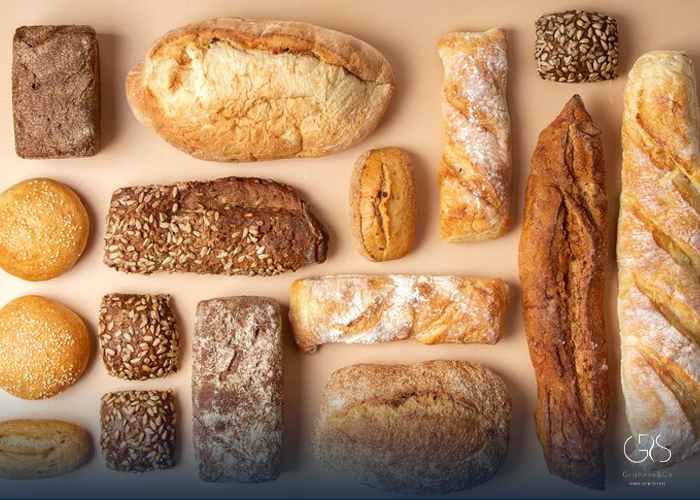Bread, a key component of many diets, offers a wide range of choices to suit various preferences and health requirements. In this article, we will explore a variety of options for Healthiest bread types, outlining their advantages and offering tips on how to recognize them when selecting your loaf. By presenting multiple viewpoints, our goal is to present a thorough guide to assist individuals in making informed decisions regarding the Healthiest bread types they include in their diet.
Sprouted Grain Bread
Sprouted grain bread is made from whole grains that have been allowed to germinate, unlocking their full nutritional potential. Studies have shown that sprouting can increase the bioavailability of nutrients, such as vitamins and minerals, and improve digestibility. Sprouted grain bread is particularly rich in fiber, promoting gut health and aiding digestion. It also tends to have a lower glycemic index compared to traditional bread, leading to better blood sugar control.
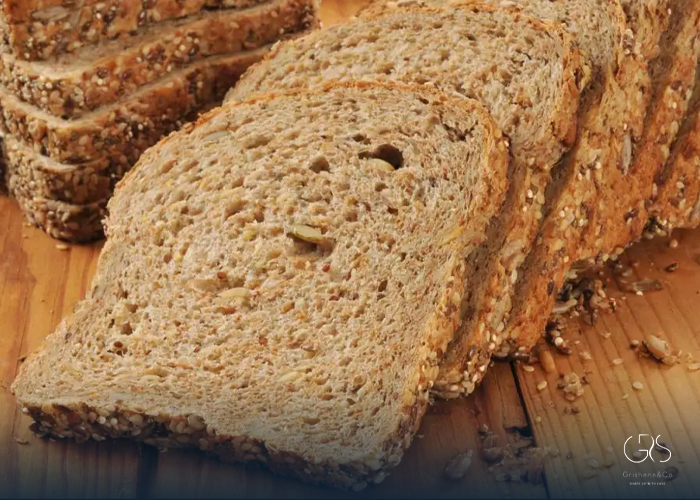
Whole Wheat Bread
Whole wheat bread is a popular choice known for its high fiber content and essential nutrients. It is made from wheat grains that have not undergone significant processing, retaining their natural goodness. Whole wheat bread is associated with a reduced risk of heart disease, stroke, and diabetes due to its fiber content and ability to improve blood cholesterol levels. Consuming whole wheat bread can also contribute to better weight management and overall health.
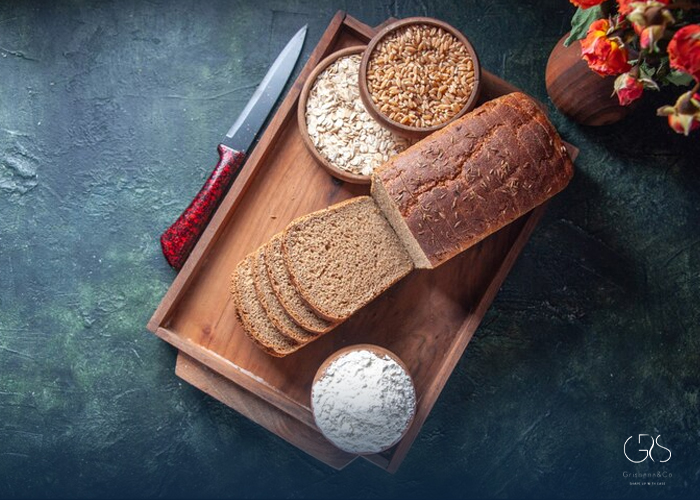
Whole Rye Bread
Whole rye bread is another wholesome option that offers a distinct flavor and texture. Rye bread is rich in fiber, vitamins, and minerals, such as magnesium and phosphorus[4%5E]. Research suggests that consuming whole rye bread can increase feelings of fullness, which may aid in weight control[5%5E]. It is also linked to improved digestive health and a lower risk of chronic diseases like diabetes.
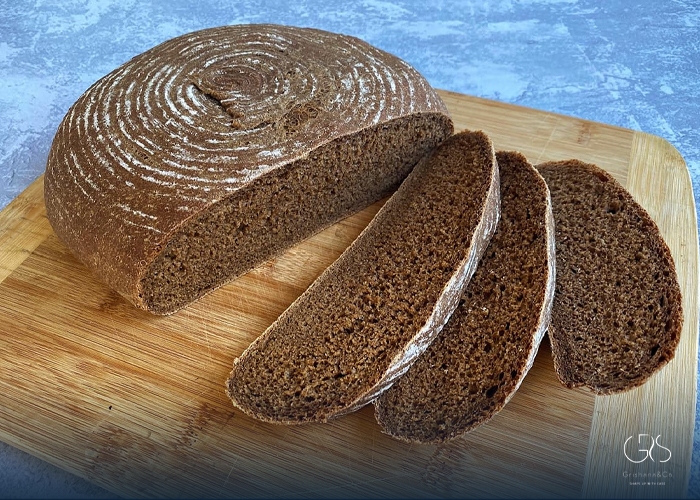
Whole Grain Bread with Seeds
Whole grain bread with seeds combines the nutritional benefits of whole grains with the added goodness of seeds like chia, flax, and pumpkin. Seeds are packed with essential fatty acids, antioxidants, and protein, enhancing the nutritional profile of the bread. The combination of whole grains and seeds provides a powerhouse of nutrients, supporting heart health, cognitive function, and immune system strength.
Gluten-free whole grain bread caters to individuals with gluten sensitivities or celiac disease. Made from gluten-free grains like quinoa, buckwheat, and millet, this bread option ensures that those with gluten intolerance can still enjoy a variety of nutrients. It is essential to opt for gluten-free bread that is fortified with vitamins and minerals to prevent nutrient deficiencies often associated with a gluten-free diet.
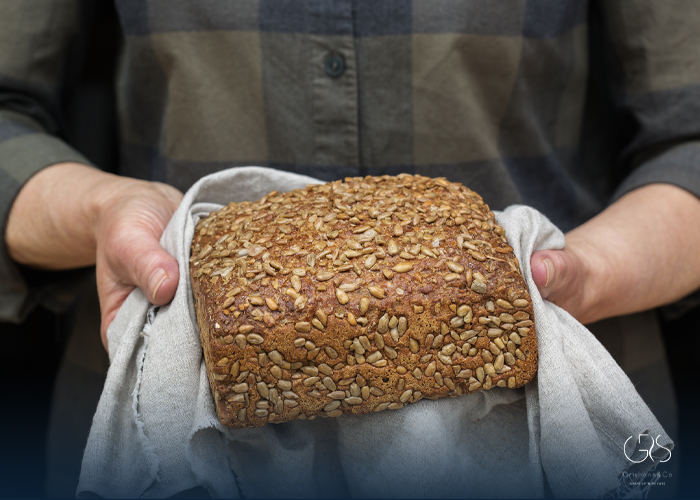
Oat Bread
Oat bread is a nutritious alternative that offers a satiating and heart-healthy option for bread lovers. Oats are rich in beta-glucans, a type of soluble fiber known for its cholesterol-lowering effects.Oat bread is also a good source of antioxidants, vitamins, and minerals, making it a well-rounded choice for those looking to boost their nutritional intake.
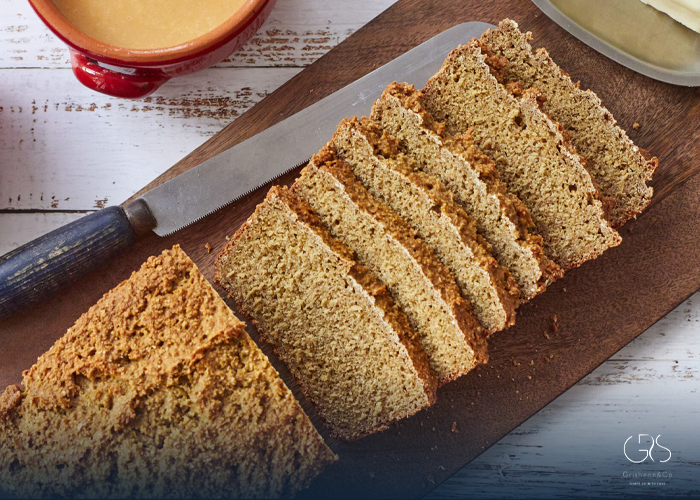
Sourdough Bread
Sourdough bread undergoes a natural fermentation process, which can improve its digestibility and nutrient absorption. The fermentation process breaks down gluten and phytic acid, making sourdough bread easier on the digestive system. Sourdough bread also has a lower glycemic index compared to conventional bread, which can help regulate blood sugar levels and promote satiety.
(To learn more about Health Benefits of Sourdough Bread please refer to this article)
Multigrain Bread
Multigrain bread is a blend of different types of grains, offering a diverse array of nutrients and flavors. While multigrain bread can vary in its nutritional content depending on the grains used, it typically provides a mix of vitamins, minerals, and fiber from various sources. Opting for whole grain multigrain bread ensures that you enjoy the benefits of a variety of grains in a single loaf.
How to Find a Healthier Bread:
- Check the Ingredients: Look for bread that lists whole grains as the first ingredient and avoid those with added sugars, artificial preservatives, or hydrogenated oils.
- Look for Fiber: Choose bread with a high fiber content, typically found in whole grain and sprouted grain varieties. Fiber promotes digestive health and helps maintain a feeling of fullness.
- Consider Protein Content: Opt for bread that contains added seeds or grains for increased protein content, which can contribute to muscle repair and satiety.
- Watch for Sodium Levels: Be mindful of the sodium content in bread, as excessive salt intake can have negative effects on cardiovascular health.
- Seek Whole Grain Options: Whole grain breads are generally more nutritious and provide a broader range of essential nutrients compared to refined bread.
Conclusion:
When it comes to choosing bread for a healthy diet, it’s important to explore the range of Healthiest bread types available. Options like sprouted grain bread, whole wheat bread, whole rye bread, whole grain bread with seeds, gluten-free whole grain bread, oat bread, sourdough bread, and multigrain bread offer nutritious alternatives that can enhance your overall well-being. By incorporating these Healthiest bread types into your diet, you can make a positive impact on your health and lifestyle.
Sources
- Healthline, Are Sprouted Grains and Legumes Healthy?
- Harvard T.H. Chan School of Public Health, Whole Grains
- MedicalNewsToday, What are the benefits and nutritional value of chia seeds?
- Mayo Clinic, Whole grains: Hearty options for a healthy diet


